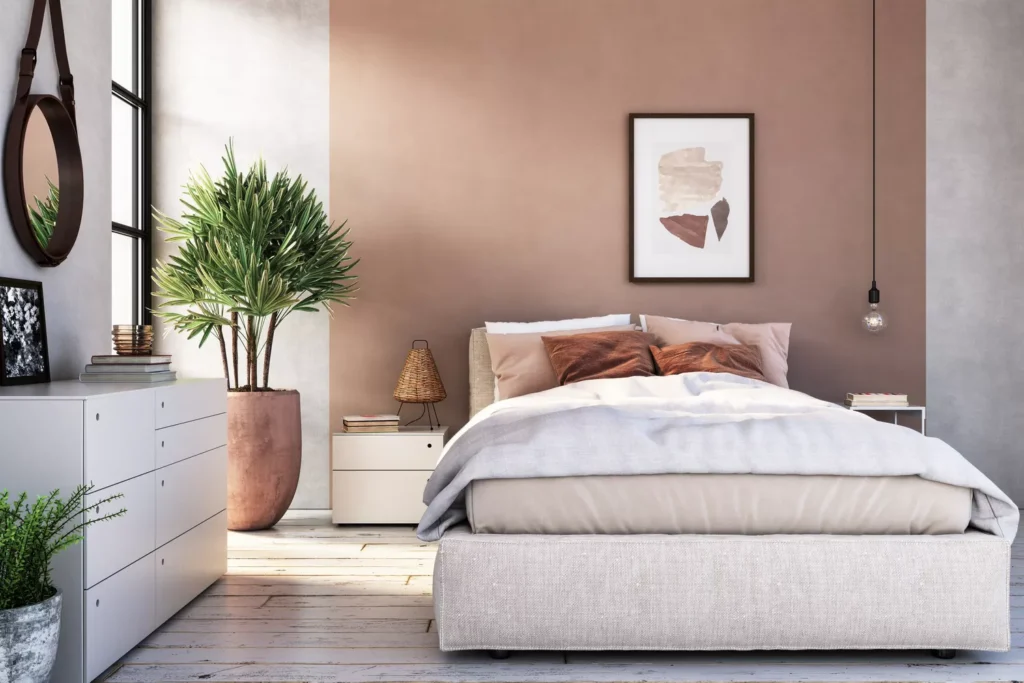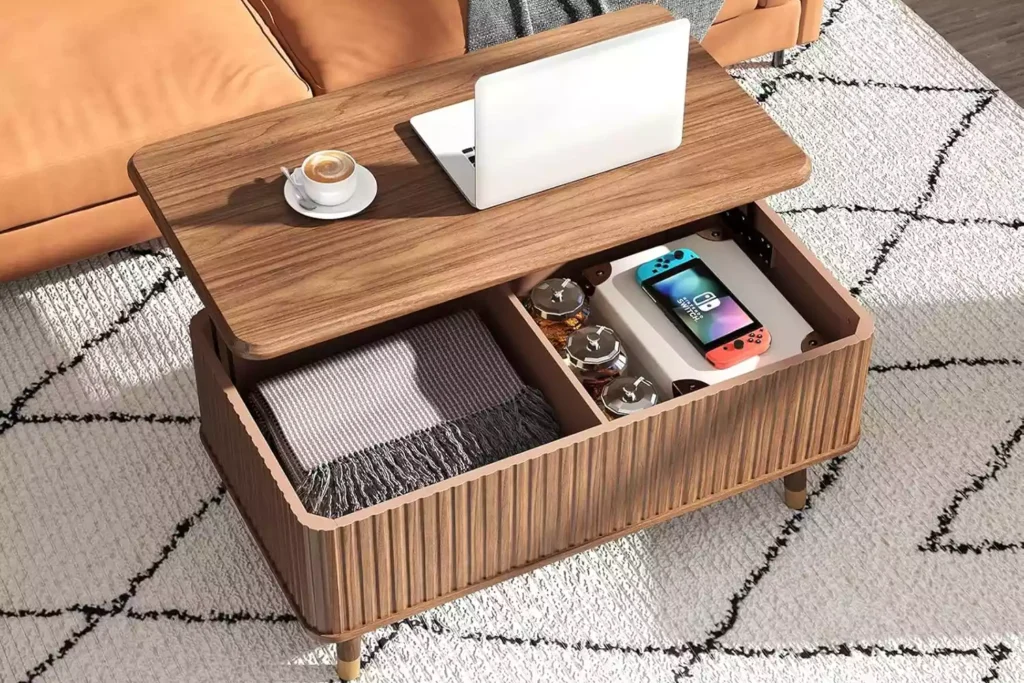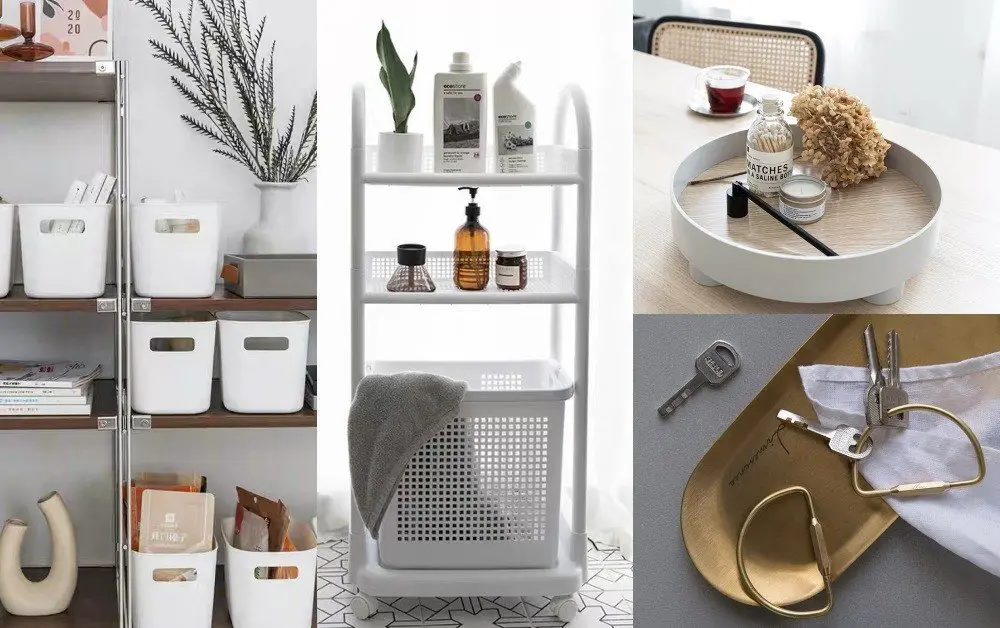ClosePhoto: Creativa Studio/Getty Images.
Bedrooms often become the resting place for a lot of clutter. This can make organizing a bedroom a bit tricky. Whether it’s a crammed closet or a paper problem in a home office within the bedroom space, all that clutter can prevent relaxation and a good night’s sleep.
We asked organizational pros Joanna Brumberger of An Edited Space and Jennifer Truesdale of STR8N UP Professional Organizing Services to share their best strategies for cleaning up your bedroom and turning it into a sanctuary for relaxation.
Keep out clutter that doesn’t belong.
When sorting through stuff in other rooms, items without a home tend to end up in the bedroom. Brumberger says this space can become a catchall. Bedrooms are often filled with clutter like dirty clothes, confiscated toys, and more.
So make a rule about what belongs in the bedroom. Is it just clothing, a few books, and personal care products? Or do you need to include paperwork and a home office? Knowing what does and doesn’t belong can help sort your stuff more easily.
12 Things to Declutter in Your Bedroom Before Fall Hits.
Understand your (and your partner’s) organizational styles.
Truesdale says one of the biggest challenges with bedroom organization is when two people share a space but don’t have a common vision for it.
Have a sit-down with your partner to discuss how you plan to use the bedroom and what it’ll take to keep it in shape.
Defining the problem, creating a solution, and setting up a maintenance plan are key to a successfully organized space.
You may need multiple bedroom organization strategies to meet both your and your mate’s needs and keep clutter under control.
Truesdale asks if you prefer to fold, hang, or just throw clothes in a drawer willy-nilly. Create solutions based on what works best for maintaining the organization.
Purge your closet ruthlessly.
Clothes take up most of the bedroom space and can easily end up tossed over a bedside bench or crammed into the closet.
The first step is to get rid of everything you can. Start by discarding anything torn, stained, unrepairable, or not suitable for your current lifestyle (like office wear if your work is casual or fully remote).
Truesdale says only put things in your closet or drawers that fit you, that you love, and that would be a good option to wear. If you don’t like the way an item fits or always choose something else, consider letting it go.
If you have items that don’t fit but hope to fit into someday, move them out of the closet and into bins that can be stored under your bed or in the attic or basement. But set a time limit for storing those too-tight jeans. After a year or two, it’s time to part with them.
Living out your tidiest fantasy starts with a well-organized walk-in closet. Begin by clearing the floor, as it often becomes a last-resort stash spot for clothes, papers, and shoes. An empty floor fosters a sense of space and movement, enhancing the serenity of your bedroom.
Consider your personal care products, which often migrate from the bathroom to the bedroom. Purge expired items, those you don’t use, or items that belong in the bathroom. Find a suitable home for the remaining products, ideally not on your bedroom dresser top, to minimize visual distractions.
When choosing organizational products, opt for a cohesive look by sticking to a single color scheme or type of organization. Matching hangers, shoe racks, and bins and baskets contribute to a more put-together and serene room.
Closed storage is essential for adding a touch of zen to your space by keeping clutter out of sight. This reduces visual noise and creates a more relaxing bedroom environment. If your bedroom doubles as a home office, choose a desk with drawers and cabinets for storage, and ideally, a way to hide the computer.
Nightstands can become clutter magnets. Combat this by limiting your reading pile to three items and regularly reviewing the contents of your nightstand to store unnecessary items elsewhere.
Opt for multitasking furniture to maximize space efficiency. Eliminate unneeded pieces and choose furniture that serves double duty, such as a storage bench at the foot of the bed or a nightstand with drawers.
If space is limited, make use of every inch by featuring tall wardrobes, dressers, or shelving units. This allows you to utilize vertical space wisely.
Finally, maintain your bedroom’s organization with regular purging. Conduct seasonal surveys of your clothing and regular reviews of other bedroom items to keep your space tidy and serene.
Even purging a small bagful of clutter from the top of your dresser will make a significant difference in how your space feels.
Was this page helpful?
Thanks for your feedback!
Tell us why!
Other
Submit


